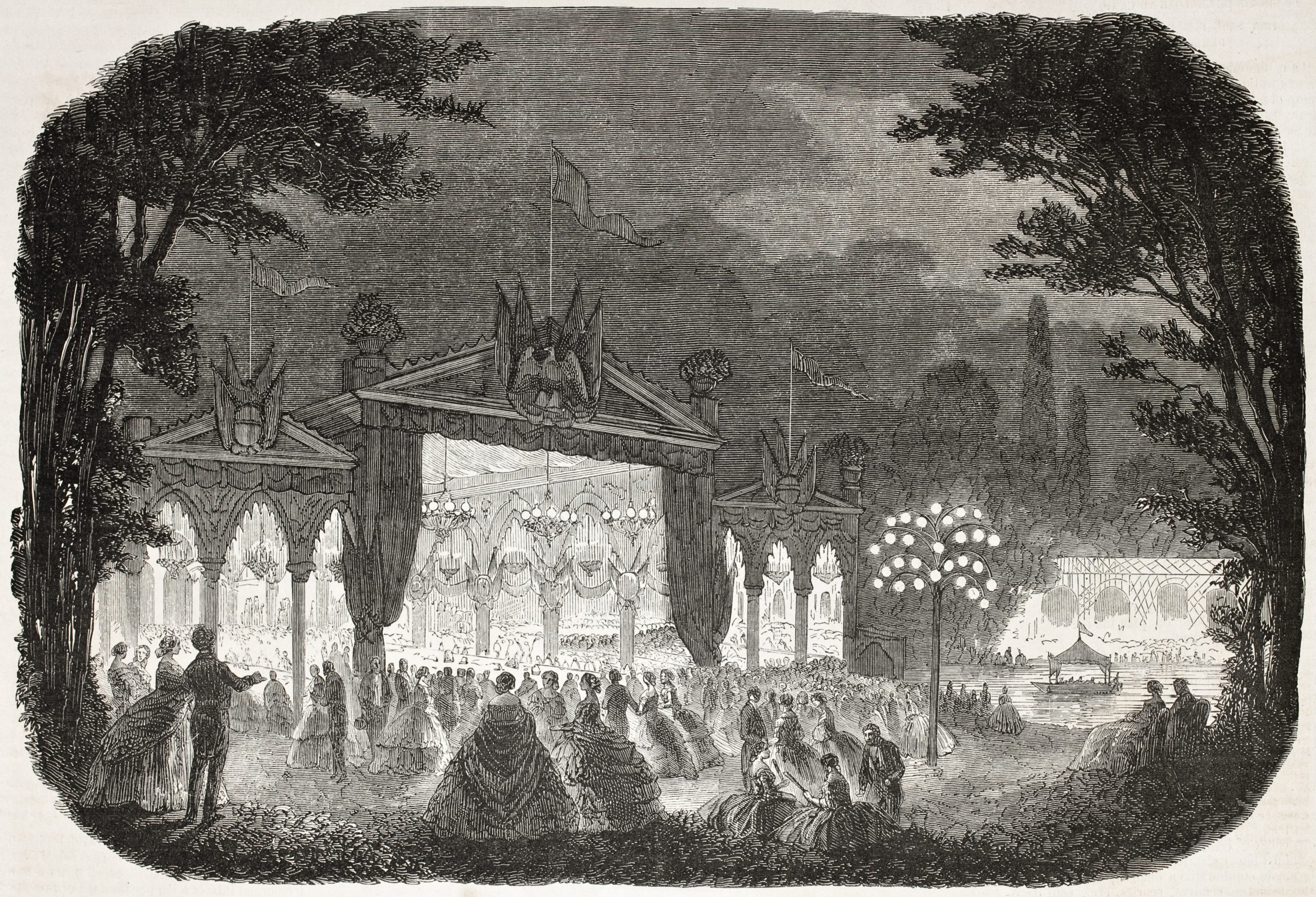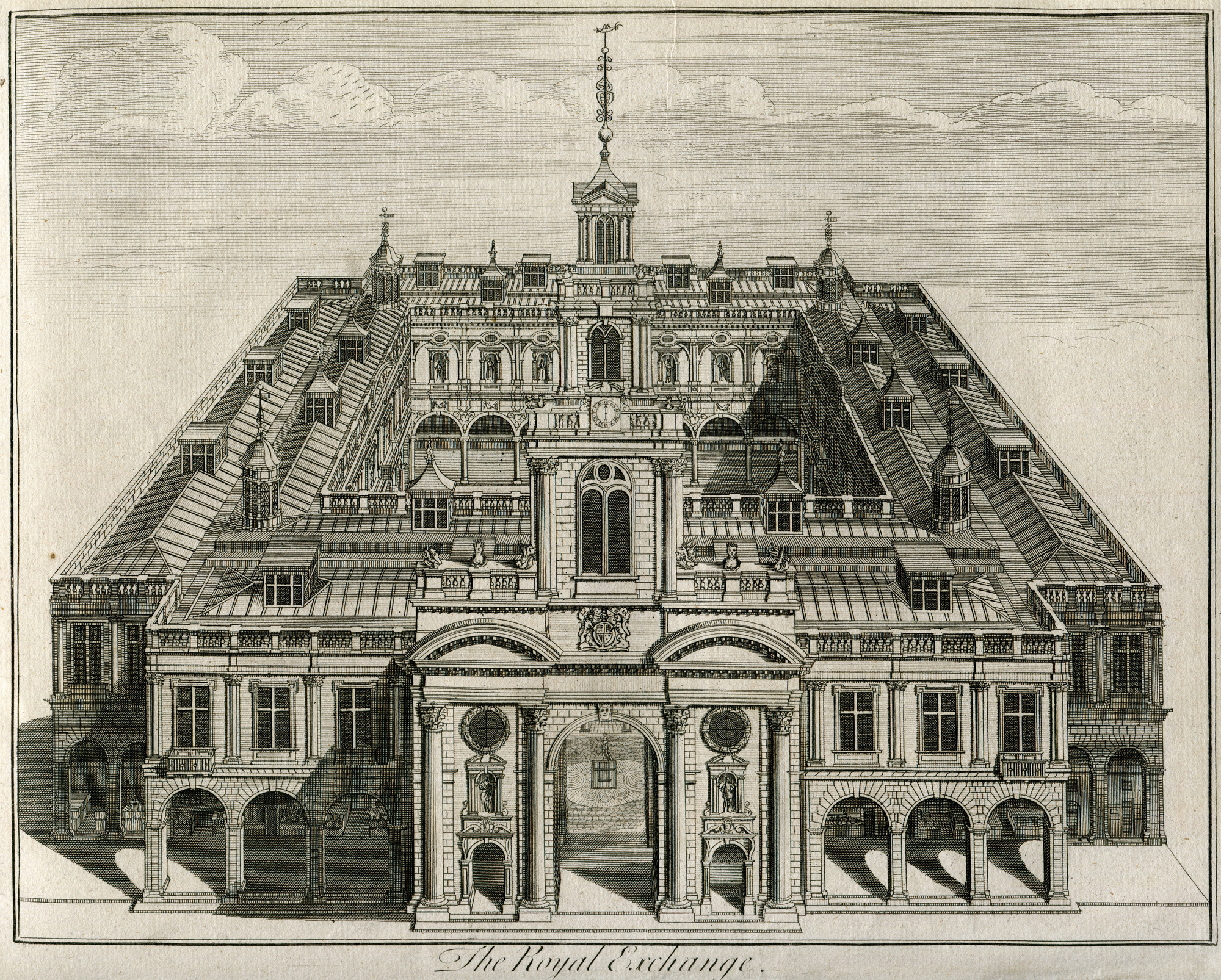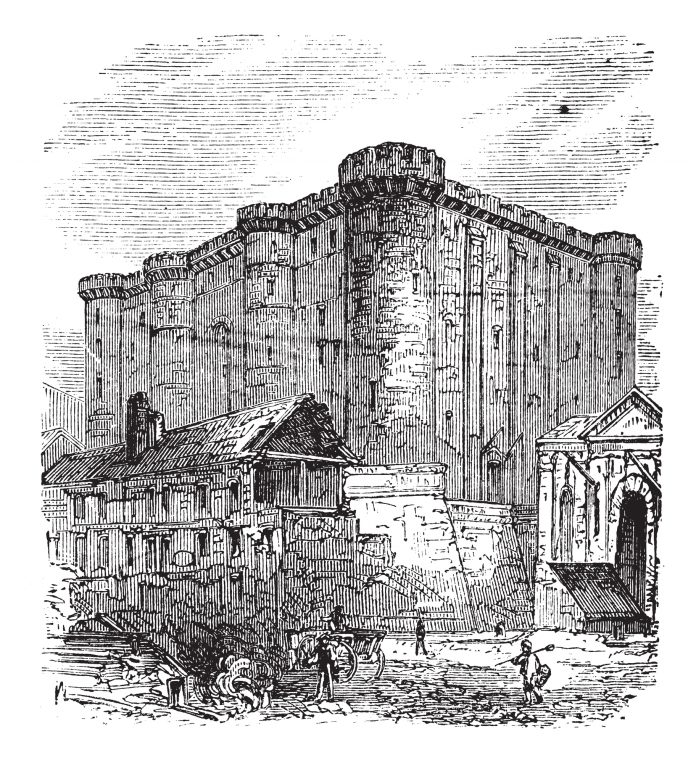A Tale of Two Cities by Charles Dickens is a brilliant historical novel, which finds its roots in “The French Revolution: A History” by Thomas Carlyle. Dickens published this book in 1859 and his analysis during his travels to Paris had a significant impact in this masterwork.

The three books inside the book
A Tale of Two Cities consists of three books: “Book the First: Recalled to Life”, “Book the Second: The Golden Thread” and “Book the Third: The Track of a Storm”. This historical novel takes place in London and Paris, during the French Revolution and the Terror. The main characters are the French doctor Alexandre Manette, his compassionate daughter Lucie, the arrogant Sydney Carton, the revolutionary Madame Defarge, the businessman Jarvis Lorry and, the French aristocrat Charles Darnay. In this novel, the brightness and obscurity represent the virtue and sin personified by the different characters.

The peculiarity of A Tale of Two Cities
A Tale of Two Cities by Charles Dickens is a peculiar novel where, at the same time, the reader travels in London and Paris. We find the chronicles of the historical events, which simultaneously occur in these two cities and the personal circumstances of each character’s life. It is the tale of human tragedies inside the grand picture of historical dramas such as the French Revolution. The struggle of each character is a reflection of the tragedies of Dickens’s life in that period. He shows a life’s vision, where humans are victims of misfortunes. In this novel, the villains of this tragedy are the poor and the oppressed ones. Their violence and cruelty is a reaction to all the abuses they had to suffer.

Part I – Recalled to Life
I’m currently reading the first book. I find exciting and unique how Dickens narrates all the life occurrences of the characters such as Jerry Cruncher, who works as a bank employee and brings a message for Jarvis Loris, a bank manager. This message concerns a man, Alexandre Manette, a French doctor, who was finally set free from the Bastille prison. Lorry helps the daughter of Manette, Lucie, to meet her father in France. One of my favourite parts is at the beginning of Chapter Three. Indeed in this section, every human creature is described as a profound secret and mystery. Every house and room enclose secrets, and subsequently, each heart is a secret itself.
I’m in the last chapter of this first book, Chapter VI, The Shoemaker. I find fascinating the ambience of this book, a microcosm inside a historical macrocosm. We can consider how fragile and dainty is life mostly when terrible and uncontrolled occurrences happen. And as James Joyce wrote in the Ulysses, “To learn one must be humble. But life is a great teacher”.





